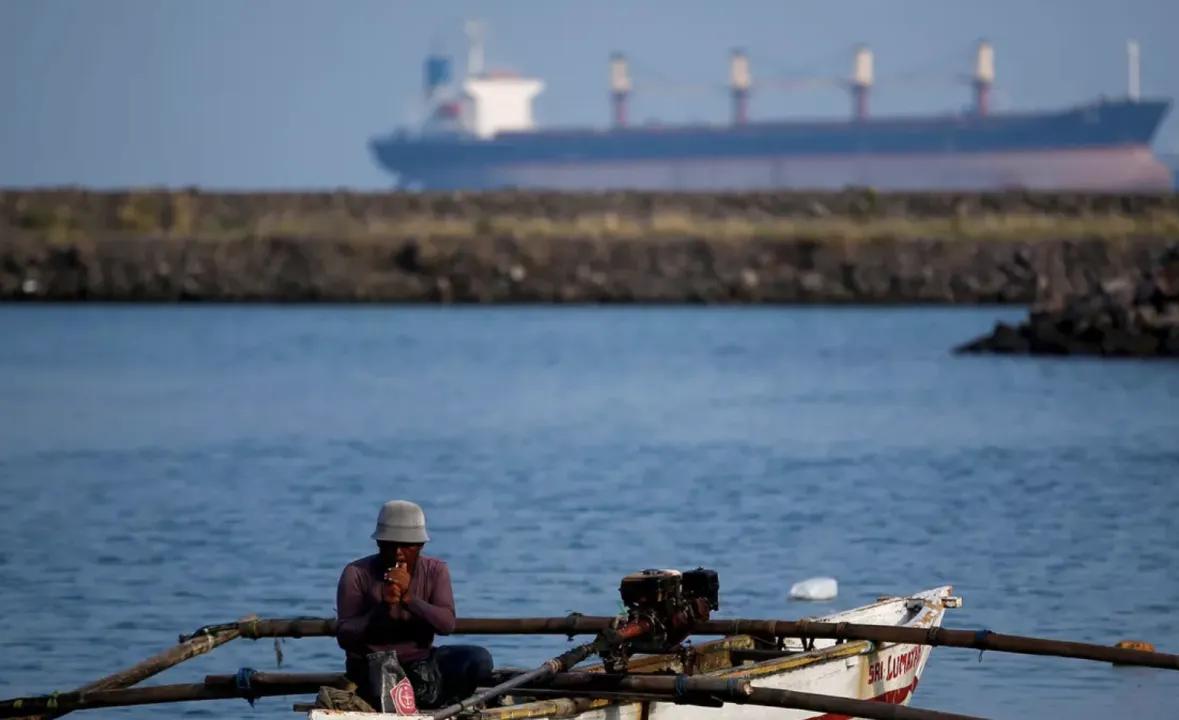Pandemic Policy Should Also Be Climate Policy - This Is Why
- Just as the world is doing with COVID-19, it's time to now flatten the curve of climate change, writes planetary expert Renzo Guinto.
- By reducing our carbon emissions, we will buy time to enable the development of sustainable systems and processes. While the world focuses on the COVID-19 crisis, climate change continues to advance. The consequences are devastating and becoming more so – and that includes for the pandemic response itself.
There is no doubt that natural disasters are increasing in frequency and intensity as a result of climate change. This year alone, Australia grappled with its most destructive bushfires on record. East African countries have been battling the worst outbreak of desert locusts in decades. The Solomon Islands, Vanuatu, Fiji, and Tonga were hit by a category 5 tropical cyclone. Europe has blistered under a record-breaking heat wave. My country, the Philippines, has faced intense flooding, and typhoon season is far from over.
Such hazards, scientists warn, are likely to intersect with the COVID-19 outbreak and the public-health response, including by compounding stress on health-care systems, depleting emergency-response resources, and undermining people’s ability to adhere to social distancing. They will exacerbate and be exacerbated by both the unfolding economic crisis and long-standing socioeconomic disparities, both within countries and across regions.
The recent typhoon in the Philippines illustrates the challenges ahead. Strong winds and severe flooding forced many to break quarantine and flee to cramped evacuation centers, where social-distancing protocols are virtually impossible to maintain. Distancing rules have complicated the rescue of some 200,000 people who are at risk from flooding or landslides. The number of people in need of aid – already significant during lockdown – has increased substantially. And already resource-constrained hospitals are expected to be overwhelmed further by a surge of patients with infectious diseases that are likely to proliferate as climate change progresses, such as dengue and leptospirosis.
To be sure, COVID-19 has, to some extent, curbed humanity’s impact on the environment. During the last three months, private cars stayed parked, factories curtailed operations, and power plants stopped burning coal. As a result, carbon dioxide emissions have fallen dramatically – even returning to 2010 levels. Urban air pollution has dissipated, with many reveling in the return of blue skies over chronically smoggy megacities, and in reports of wild animals wandering through empty city streets.
Such developments have fed the narrative that the pandemic is giving Mother Earth a much-needed break. But, even if true, the respite will be brief, and do little to change our long-term climate trajectory.
In fact, the same researchers who reported that COVID-19 lockdowns had caused emissions to drop also reported that, when lockdowns have been eased, emissions immediately rose. They predict that the pandemic will reduce total emissions in 2020 by 13%, at most, and only if some restrictions remain in place worldwide until the end of the year. Once we return to the pre-pandemic “normal,” so will emissions.
This article was published in World Economic Forum. Read More here.




